
This essay is brought to you by Burb
Do you run a membership community or course on Circle, Slack, or Discord?
Burb can help you streamline and automate your member journey so that you can focus on what’s most important: making your offering great.
Hey y'all! Dan here. I have another post from you from Casey Rosengren who recently wrote How to Do Hard Things for us. This one takes a simple tool from the psychology literature, the ACT Matrix, and shows us how to use it to work through avoidance. It's something I've turned to frequently—and it works extremely well, despite being simple and easy to learn. I hope you enjoy the piece!
When I started my first company, I remember waking up each morning excited by the possibility of what we were creating. However, over time, much of my work came to be driven by avoidance.
This shift happened gradually. What started as a side project became a company with customers and employees—and suddenly fears around failure and letting people down started to play a larger role in how I related to the business. 2-3 years in, I felt trapped; everything I was doing felt like it was about obligation to others and simply trying to keep the business alive.
That macro-level anxiety trickled down into much of my day-to-day work: when I’d look at my to-do list, I’d feel the anxiety around being trapped, and I’d end up procrastinating… until a looming deadline felt larger and more anxiety-inducing than my existential crisis around the business. At this point I’d scramble to get something done.
In retrospect, I was so driven by avoidance during this time that I lost touch with what I wanted to move toward. Loss avoidance had become such a strong motivator that it crowded out my original motivation for starting the business, and I became like a pinball, bouncing back and forth from one source of anxiety to another.
Perhaps you can relate to my cycle of avoidance above, or perhaps yours looks different. Regardless, avoidance almost always has a cost, because when humans are focused on moving away from something painful, we often take our eye off of what it is we truly desire.
In this piece, we’ll look at a little-known tool called the ACT Matrix that you can use to become aware of avoidance and to drastically reduce it.
The ACT Matrix comes from Acceptance and Commitment Therapy (ACT), which I explored in a previous post for Every. One of the most compelling parts of ACT is its robust evidence base, and the ACT Matrix distills ACT into a simple tool that you can use on your own whenever avoidance shows up in your life.
How we relate to avoidance has a significant impact on whether we ultimately fulfill the creative potential of our projects and our lives, so I hope you find this piece useful as you pursue work that matters to you.
Let’s begin.
What is the ACT Matrix?
At a high level, the ACT Matrix is a tool to help us better understand where avoidance is coming from and how it’s driving our behavior. Ultimately, it’s meant to help us make new choices with our actions, even when facing things we’d typically avoid.
It does this by helping to discriminate our experience along two dimensions:
- Toward vs. Away
- Inside vs. Outside
Toward vs. Away
To understand the distinction between toward and away, you can think of a researcher in a lab trying to guide a mouse through a maze.
The researcher can either give the mouse a small shock every time it walks backwards, or they can place a piece of stinky cheese at the end of the maze, and watch the mouse move through of its own accord.
When the mouse is motivated by shocks, that’s away behavior. When the mouse is chasing the scent of stinky cheese, that’s toward behavior.
The anxiety-fear-avoidance cycle arises when our behavior is increasingly about away moves. For us to be aware of avoidance when it arises, we have to know what it is we tend to avoid and what our behavior looks like when it’s driven by avoidance.
Likewise, to break the cycle and make real change, we need to know what we’d like to be moving toward if we weren’t busy trying to avoid or control parts of our experience.
Inside vs. Outside
On the other hand, the distinction between inside and outside helps us discriminate between what’s happening inside our skin—our thoughts, feelings, and physical sensations—and our behaviors in the outside world that might be flowing from those internal experiences.
This distinction is important in ACT, because ACT believes that our thoughts and feelings are strongly influenced by our learning history and the situational context. As a result, our inner experiences—including the thoughts and feelings we tend to avoid—are quite difficult to change or control.
However, we have much more control over our outer behavior, and this is what ACT ultimately aims to shift. By distinguishing between our inner experience and our outer behavior, we begin to open up the possibility of moving toward what matters, even when difficult experiences arise.
The ACT Matrix in Practice
ACT typically lays out these dimensions in a 2x2 matrix with prompts for reflection in each quadrant. To see what this looks like in practice, let’s take a look at a blank matrix:
As you can see above, each question is meant to help you explore an intersection of these two vectors:
- Who or what do I care about? (inside-toward)
- What does it look like when I'm moving toward what I care about? (outside-toward)
- What difficult thoughts and feelings get in the way? (inside-away)
- What does it look like when I'm focused on avoiding or lessening those thoughts and feelings? (outside-away)
To fill out the matrix, I’ll often start in the bottom right, and then go through the rest like a sideways, backwards “z”:
You don't have to start here though—you could just as easily start in the bottom left and proceed clockwise from there.
To better understand how the matrix works, let’s go through an example matrix exploring how avoidance shows up in a startup, based on an anonymized composite of matrices I’ve done with the various founders that I’ve worked with as clients.
Here is what a matrix looks like filled out (we’ll break it down section-by-section below):
To understand how it works, let’s start in the bottom right, with the question:
“Who or what do I care about?”
This section asks the question, if you could choose to move toward anything in your work or your life, what would you want to move toward? What would you want your life to be in service of?
You can ask this question more generally, or you can scope it to a specific area of life. Here is what I’ve seen founders write in this section:
- Creating great relationships and great teams
- Building something big and impactful
- Constantly learning
- Deepening relationships with partner and faminly
- Being a part of creating the future
- Having fun in my work
- Making money and increasing my leverage in the world
- Being productive / shipping work.
When filling this section out for yourself, you might name the specific people that matter to you in your life, as well as the values that are specific to you.
There is no right or wrong choice in deciding what matters to you–the key thing is that it reflects what you consider important, regardless of what anyone else might think.
From there, we go to the top right quadrant, which asks:
“What does it look like when I’m moving toward what I care about?”
In this quadrant, we’re interested in exploring what real-world behavior you might be engaged in when pursuing the things that matter to you (what you wrote about in the previous section).
Here are some of the things I’ve seen founders write in this section:
- Making time to check in and support individual teammates
- Making time to think deeply and write about our product vision
- Taking early action when someone isn't a fit for the team
- Making sure my role includes working on parts of the business I enjoy
- Making time to work on parts of the business that are important, but I don't enjoy as much
- Taking weekends off e-mail and spending time with my family
- Reading books outside of work
This section is about clarifying what it looks like to move towards what matters in your life, so you can be aware when you’re on and off track.
To make sure you’re focusing on concrete behaviors, you can ask yourself:
If I was watching a movie of my life shot through a video camera, what would I see?
If all someone could see is my behavior, with no knowledge of my inner experience, how would they know I was moving toward what I cared about?
These additional questions can help make sure you’re writing down outer behaviors, like “being on time for date night,” rather than internal values, like “being a good partner.”
Once we’ve clarified what our toward behaviors look like, we turn to the bottom left quadrant, which asks:
“What difficult thoughts and feelings get in the way?”
In this section, we’re interested in the thoughts, feelings, physical sensations, and memories that might come up that get in the way of moving toward what you care about.
Put another way: when you’re caught in avoidance, what specifically are you avoiding?
Here are some of the thoughts and feelings I’ve seen come up for founders in this section:
- Not knowing where to start when tackling hard problems
- Feeling lonely / tired / burnt out
- "This is fucking hard. I'm going to fuck it up."
- "What if <bad future thing> happens?"
- "What will happen if I can't raise our next round?"
- "What if this isn't the right thing, or isn't even worth doing?"
- "My investors are going to think they made a mistake on me."
Often, when we’re caught in an avoidance loop, what we’re reacting to is our thoughts and feelings, rather than any real, present threat in the physical world.
This section of the matrix helps us get clear on what it is we’re actually avoiding, so we can become aware of a cycle of avoidance right when it’s starting.
Moreover, writing down these thoughts and feelings can create observational distance, helping us realize that what we’re reacting to is often the thought of something bad happening, rather than reality itself.
Finally, we take a look at the last quadrant, which asks:
“What does it look like when I'm avoiding or coping with difficult thoughts and feelings?”
This section explores what your behavior looks like when you’re primarily trying to avoid or manage your internal experience.
Put another way: if someone else was watching a movie of your life, what would they see when you were in an anxiety-fear-avoidance cycle?
Here are some of the things I’ve seen founders write in this section:
- Procrastination
- Checking feeds in an endless loop: Gmail => Twitter => Hacker News => Instagram => Telegram => Gmail...
- Having difficulty starting a task
- Watching Netflix & Youtube during the day
- Making excuses to skip meetings
- Delaying difficult conversations with team / employees
- Over-consuming coffee / soda / nicotine / sugar
Bringing awareness to the types of behaviors you tend to engage in when caught up in avoidance can help you realize when you’re caught in a loop so you can begin to investigate what it is you’re actually avoiding.
Ultimately, the goal of the ACT Matrix is to learn how to move toward the things that matter to us, even when challenging internal experiences arise.
It is not about getting rid of challenging thoughts and feelings, but rather about learning to choose new behaviors in their presence.
On the Matrix, this means learning to go from the bottom-left quadrant to the top right:
The ACT matrix works because it incorporates many of ACT’s core processes in a simple yet powerful way:
- Defusion - by writing down your thoughts, you notice them as thoughts, rather than allowing them to become unquestioned lenses through which you see the world.
- Values - by writing out what is important to you, you can take steps to orient toward it when taking action in your life.
- Acceptance - by connecting with what’s important, you are reminded of what tolerating challenging thoughts and feelings is ultimately in service of.
- Present-moment Awareness - by writing down worries about the future or painful memories from the past, you raise awareness of them as cognitive experiences that are happening in the present, rather than perceiving them as reality itself.
- Committed Action - by reflecting on your concrete toward and away moves, you raise awareness of when you’re caught in avoidance, and can begin to make choices toward living well no matter what arises in your internal experience.
- Flexible Perspective-taking - when reflecting on your life in this way, you can take a step back and notice the YOU that is noticing and reflecting on everything you experience. That YOU–the consciousness behind your eyes–transcends, includes, and is not defined by any of these thoughts, feelings, memories, or behaviors. This can help to develop a more flexible sense of self and other.
If you’re new to ACT, the theory here may seem a bit abstract. If you’d like a more in-depth overview of ACT, you can check out the earlier piece I wrote for Every, or explore some of the resources listed at the end of this piece.
For now, the key takeaway here is that the ACT Matrix incorporates all of ACT’s evidence-based processes in a simple, yet powerful way that you can use on your own whenever the need arises.
To start applying these principles in your life, all you need to do is pick a challenging situation or life domain, draw a 2x2 matrix on a sheet of paper, and begin exploring it through the questions above.
Even if you learn nothing else about ACT, this foundational exercise can help you move more consistently toward what matters.
Now, in some cases, doing a Matrix on your own may not be enough to short-circuit the cycle of avoidance and move you back toward meaningful action. In these cases, you may need to do more targeted, in-depth work to help build flexibility around the challenging thoughts and feelings that tend to drive avoidance for you.
We’ll be sharing more tools in the future that can be used to specifically target whatever thoughts and feelings are maintaining your pattern of avoidance. In the meantime, if you’re interested in going deeper, it may be helpful to find a coach or therapist who utilizes ACT to help tailor it to your specific situation.
If you’re interested going deeper, here are a few options:
- The Essential Guide to the ACT Matrix is an in-depth book on using the ACT Matrix for clinicians. While it may be overkill for the lay reader, if you find the Matrix helpful and you’d like to do it more regularly, this book can provide useful context for making it more powerful.
- The Happiness Trap is one of the more popular ACT self-help books that walks through the underlying theory in a practical, accessible way. While it doesn’t cover the Matrix specifically, it can be a useful resource for understanding more about where the Matrix came from and the broader framework it sits within.
- Find an ACT Therapist is a searchable directory of ACT therapists hosted by the ACBS, ACT’s professional organization. It’s important to note that there is no certification process for ACT, so people listed here have a wide range of experience and fidelity with the model. If you choose to go this route, it may be helpful to reach out to several potential therapists and ask them about their training and experience with ACT.
Otherwise, if you’re a founder or leader in tech who is interested in applying ACT to your work life, feel free to drop me a note and I’d be happy to chat.
This piece was inspired by a recent post on Ask HN.
The Only Subscription
You Need to
Stay at the
Edge of AI
The essential toolkit for those shaping the future
"This might be the best value you
can get from an AI subscription."
- Jay S.
Join 100,000+ leaders, builders, and innovators

Email address
Already have an account? Sign in
What is included in a subscription?
Daily insights from AI pioneers + early access to powerful AI tools
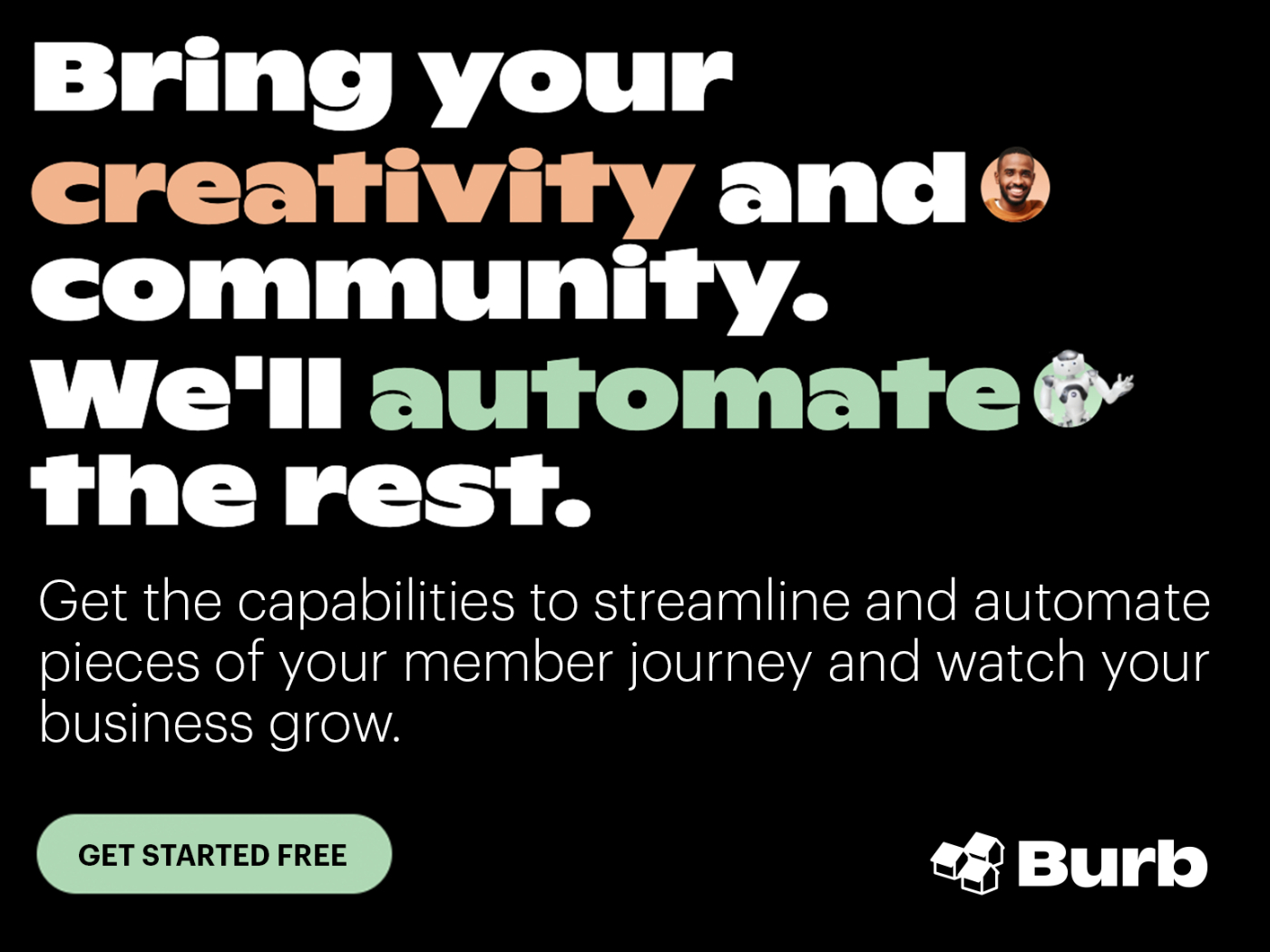
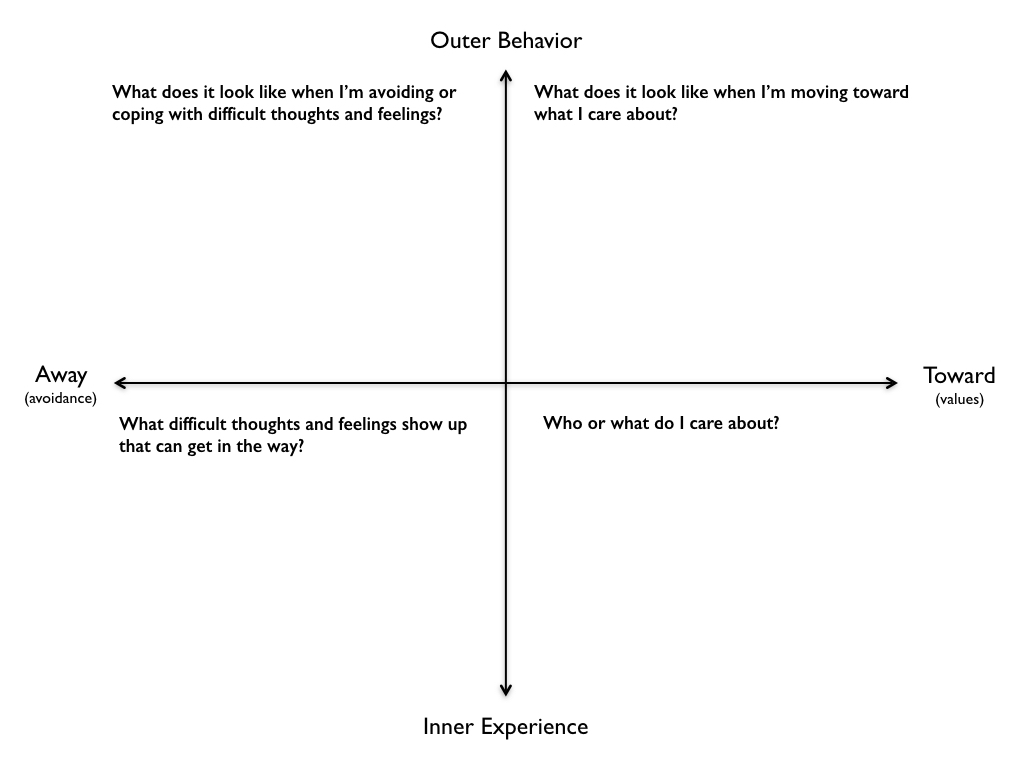
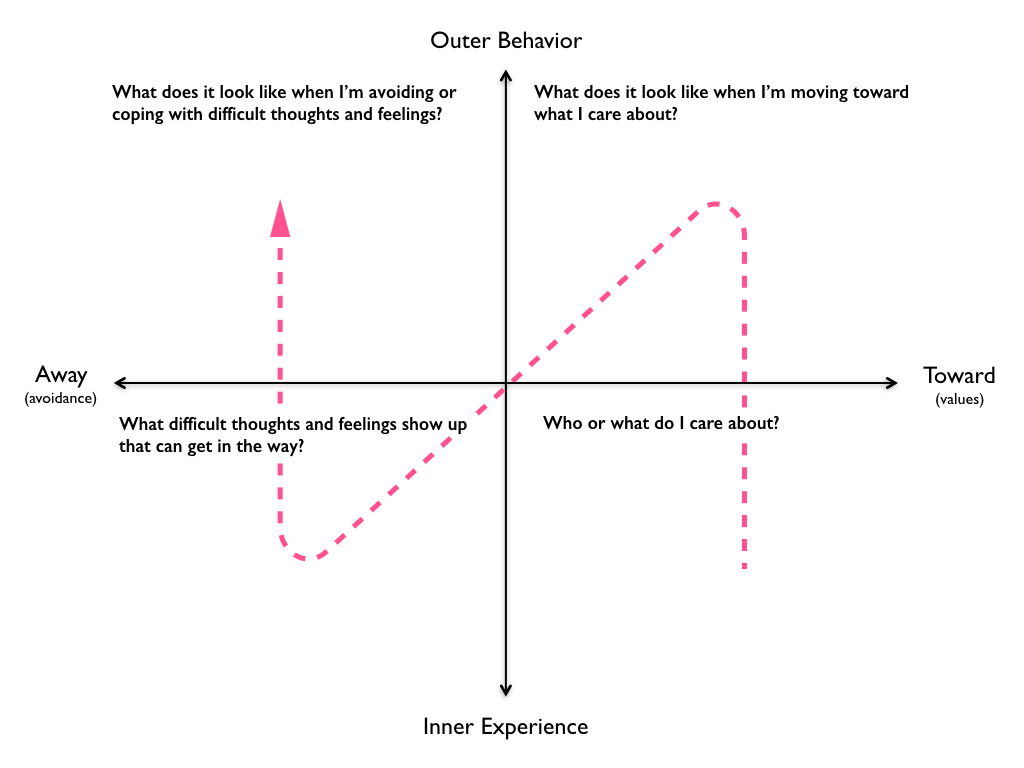
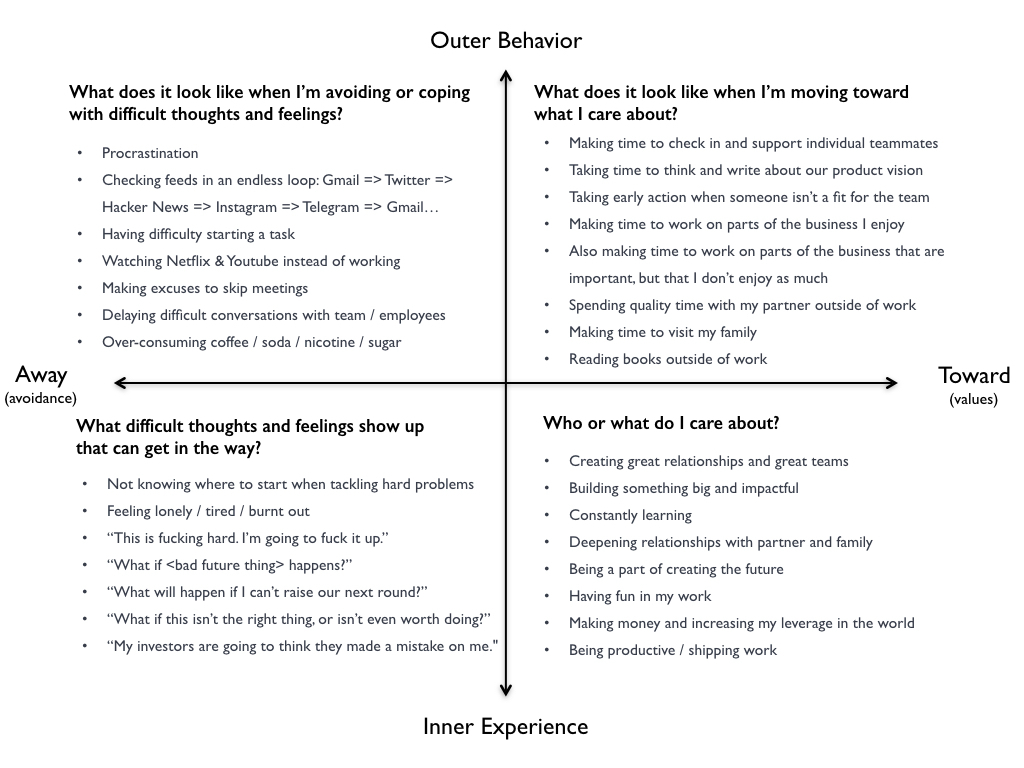
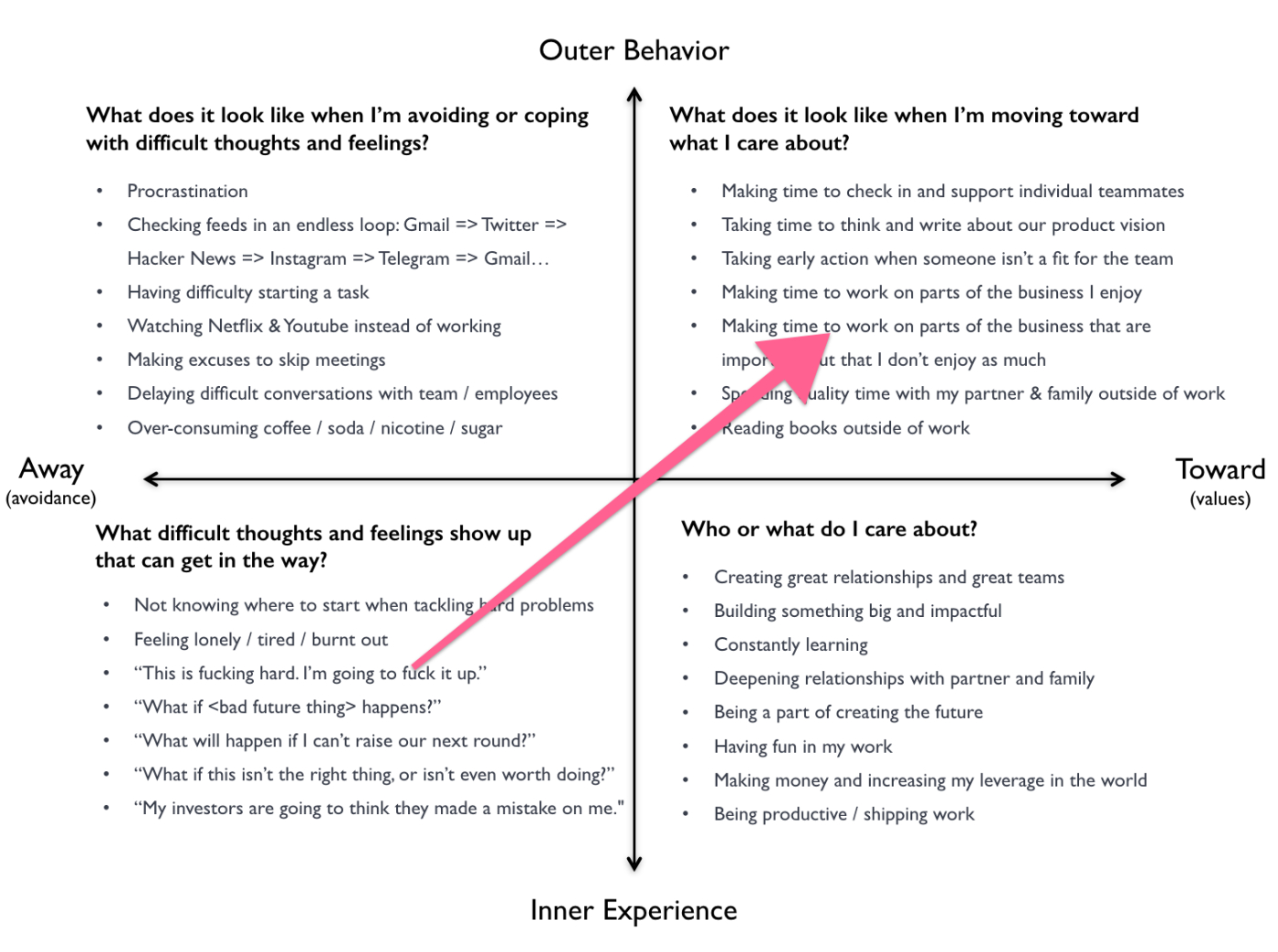







Comments
Don't have an account? Sign up!
Great piece! Really appreciate the succinctness and clarity around the matrix example. Looking forward to implementing this immediately! Would like to understand what components of ACT might work more generally, like if you were to apply it to major life decisions like selling a house, moving out of state, changing jobs, etc.
Thank you! I really appreciate the straight-to-the-point, actionable articles like this. For us anxious, ADHD people, it’s perfect. :-)